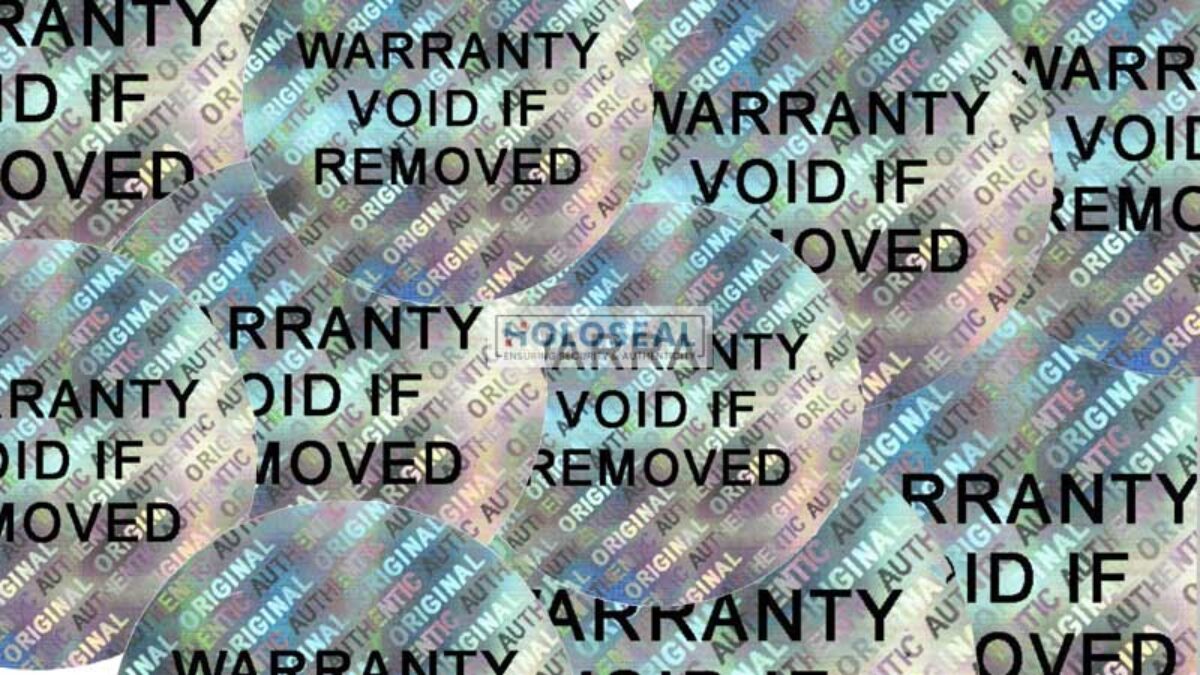Introduction
In an era where counterfeit goods are widespread, the demand for effective security measures is higher than ever. Hologram security stickers are one such measure that has proven highly effective. These stickers are not only visually captivating but also incredibly tough to reproduce, making them a popular choice for safeguarding everything from currency and credit cards to products and identification documents. But what makes these holograms so secure? Let’s explore the science behind hologram security stickers and see how they operate.
What Are Hologram Security Stickers?
Hologram security stickers in India are labels featuring holographic images. These images are three-dimensional and change appearance when viewed from different angles. This dynamic visual effect results from complex optical processes, making holograms difficult to copy.
The Science of Holography
Holography is the science of creating holograms, which involves recording a light field rather than an image formed by a lens. This is accomplished using a laser, which provides the necessary coherence and intensity. Here’s a simplified explanation of the process:
Recording the Hologram: A laser beam is split into two beams – the object beam and the reference beam. The object beam illuminates the subject, while the reference beam is directed straight onto the recording medium (usually a photosensitive material like photographic film or a digital sensor). The light reflected from the subject interferes with the reference beam, creating an interference pattern that is recorded on the medium.
Developing the Hologram: Once the interference pattern is recorded, the medium is developed (if using photographic film) or processed to reveal the hologram. When the hologram is illuminated by the reference beam or another coherent light source, it recreates the light field of the original subject, giving the illusion of a three-dimensional image.
Types of Holograms Used in Security Stickers
Several types of holograms are used in security applications, each with unique characteristics:
2D/3D Holograms: These are the most common and consist of multiple two-dimensional layers that give the illusion of depth when viewed from different angles.
Dot Matrix Holograms: Created using a computer, these holograms are made up of tiny dots. They can display complex images and animations.
Electron-beam Lithography Holograms: These offer the highest resolution and are produced using electron beams, making them incredibly detailed and difficult to counterfeit.
Security Features of Hologram Stickers
The effectiveness of hologram security stickers in Mumbai lies in their complex manufacturing process and unique visual properties, which are hard to replicate. Some of the security features include:
Color Shifting: Holograms change colors when viewed from different angles, making them easy to authenticate visually.
Microtext: Extremely small text that can only be seen under magnification, which is difficult for counterfeiters to reproduce.
Serial Numbers and Barcodes: Unique identifiers can be embedded in holograms, adding an extra layer of security.
Complex Patterns: Intricate designs and patterns that are challenging to copy accurately.
Applications of Hologram Security Stickers
Hologram security stickers in Chennai are used in various industries to protect against counterfeiting and ensure authenticity:
Banknotes and Passports: Many countries incorporate holograms into their currency and travel documents to prevent forgery.
Credit Cards: Holograms are often found on credit cards as a security feature.
Consumer Goods: High-value items, such as electronics and luxury products, often have hologram stickers to verify authenticity.
Software and Media: To prevent piracy, software and media products frequently include holograms.
Conclusion
Hologram security stickers in Hyderabad utilize the science of holography to provide a robust defense against counterfeiting. Their intricate production process, combined with unique visual properties, makes them extremely challenging to replicate. As technology advances, we can expect holographic security measures to become even more sophisticated, further enhancing their role in protecting valuable assets and ensuring authenticity in various fields.




